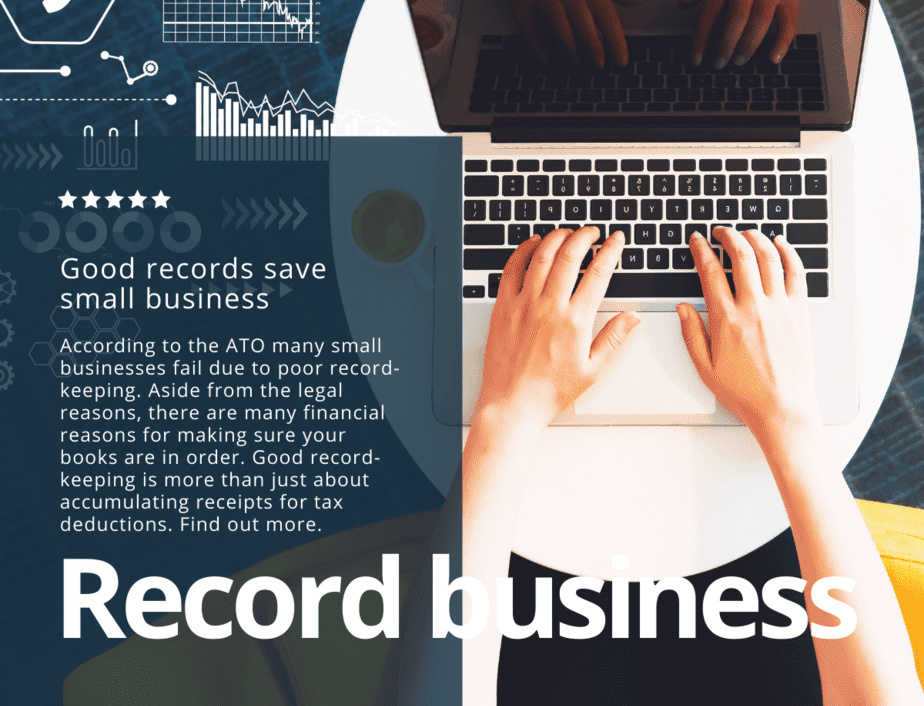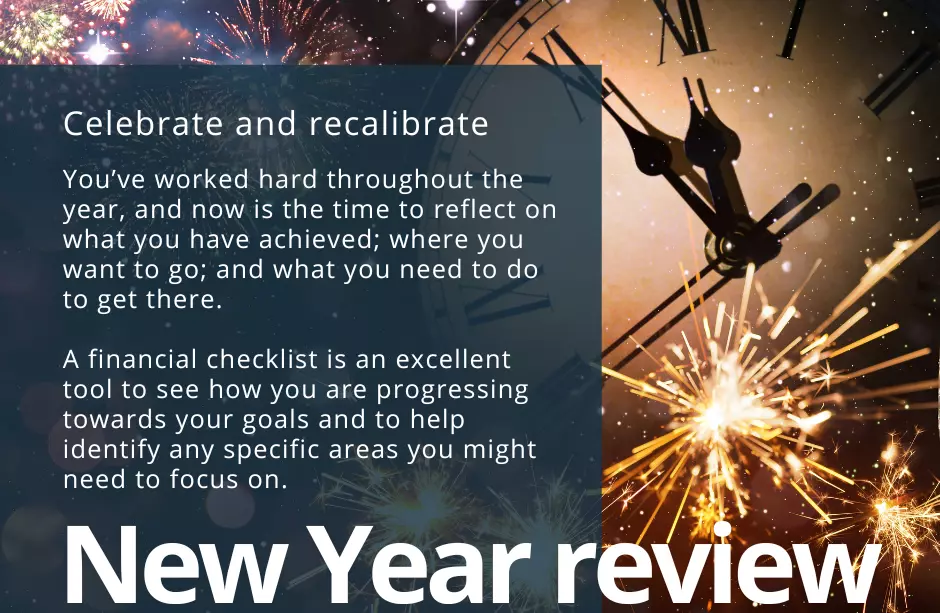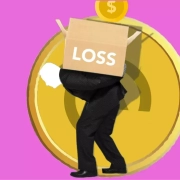What is debt recycling?
Table of Contents
ToggleAre you tired of having your hard-earned money be “out of reach” and wasted on high interest rates? Have you wondered if there is a way to use that same money in a more productive and efficient manner? If so, debt recycling may be the solution for you.
Debt recycling is an increasingly popular financial strategy amongst Australians, one which allows them to reduce their debt burden while turning what was once considered “dead” money into an investment tool.
This blog post will discuss what debt recycling is, how it works in Australia, its benefits metrics, its downfalls, and some helpful tips on how to best approach this strategy. Let’s dive right in!
What is debt recycling?
Debt recycling is a financial strategy that has been gaining popularity among Australians in recent years. But what does it actually mean?
Essentially, debt recycling involves using the equity in your property to invest in income-generating assets, such as shares or managed funds, and then using the income generated from those assets to pay down your mortgage faster.
Debt recycling can be a way to build wealth over the long term, especially if you have a high-value property and are able to take advantage of tax benefits.
However, it’s important to seek professional advice before embarking on any kind of investment strategy, as there are risks and potential downsides to consider.
Benefits of debt recycling
Debt recycling is becoming an increasingly popular financial strategy for Australians, and for good reason.
- By recycling your non-deductible debt into deductible debt, you can potentially save money on tax and accelerate your path towards financial freedom.
- Debt recycling involves using existing equity in your home to invest in income-producing assets, such as shares or property, while simultaneously paying off your non-deductible debt. By doing so, you are maximising the potential returns on your investments and also possibly saving on interest payments.
While this strategy does require careful planning and consideration, it has the potential to bring significant benefits to your financial situation in the long run.
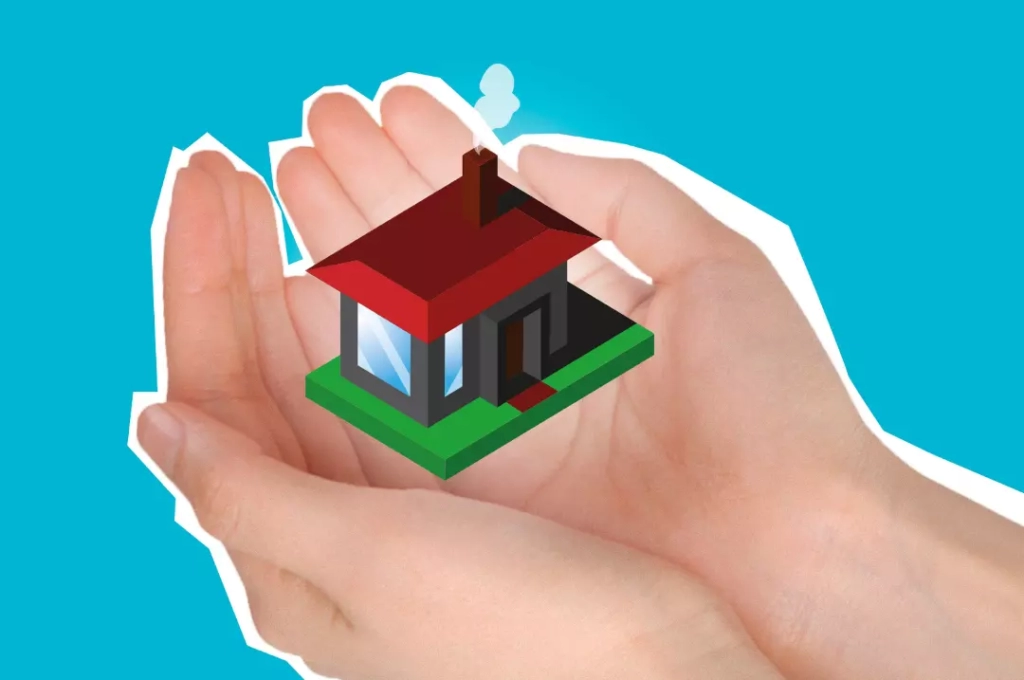
How does debt recycling work?
Are you curious about how debt recycling works?
Essentially, debt recycling is a strategy used by property investors to convert non-deductible debt, such as the mortgage on a primary residence, into deductible debt, which can be used to invest in income-producing assets. By using this strategy, investors can potentially accelerate their accumulation of wealth over time.
However, it’s important to note that debt recycling isn’t a one-size-fits-all approach and consulting with a financial advisor or accountant is recommended to ensure it’s the right fit for your financial goals and situation.
When is the right time to start debt recycling?
Debt recycling is a strategy for long-term wealth creation that involves using investment debt to offset non-deductible debt, such as a mortgage. But when is the right time to start debt recycling? The answer is not crystal clear, as it largely depends on individual circumstances.
However, generally, the best time to start is when you have substantial equity in your property and are in a high tax bracket. When you have equity in your property, you can use that equity to borrow funds for investment purposes, while a higher tax bracket allows you to benefit from the tax deductions associated with investment debt.
In any case, it’s important to speak to a financial advisor who can assess your specific situation and determine the best time to start debt recycling.
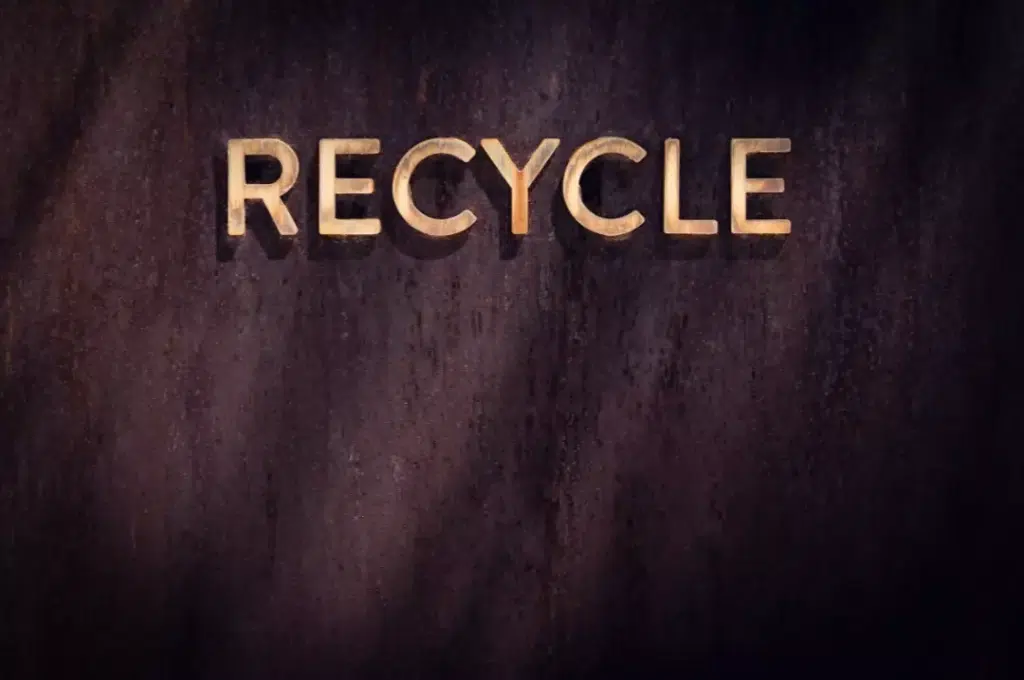
Tips for successful debt recycling
Debt recycling is a popular investment strategy that many Australians use to increase their wealth, reduce their mortgage interest payments, and build their retirement savings. It involves using the equity in your home to invest in assets such as shares, managed funds or property.
However, to be successful at debt recycling:
- You need to have a good understanding of your financial situation, and the risks and rewards involved. It is important to think long-term and not be swayed by short-term market fluctuations.
- You need to have a sound investment plan and be disciplined in paying off any debt incurred.
With the right approach and guidance, debt recycling can be a powerful wealth-building tool that allows you to achieve your financial goals.
Risks of debt recycling and how to avoid them
Debt recycling is a financial strategy that allows you to use your property’s equity to make investments.
Whilst debt recycling can be an effective way to build wealth, it does come with risks that should be considered before diving in.
Some of the risks include taking on too much debt, underestimating the risks of your investments, and changes to interest rates.
However, if you are mindful of the risks and take necessary precautions, you can avoid the pitfalls of debt recycling. One way to do this is by seeking professional financial advice before embarking on any significant investments. Additionally, considering a conservative approach and diversifying your investments can help manage the risks associated with debt recycling.
Overall, understanding the potential risks and developing a solid plan can lead to successful debt recycling.
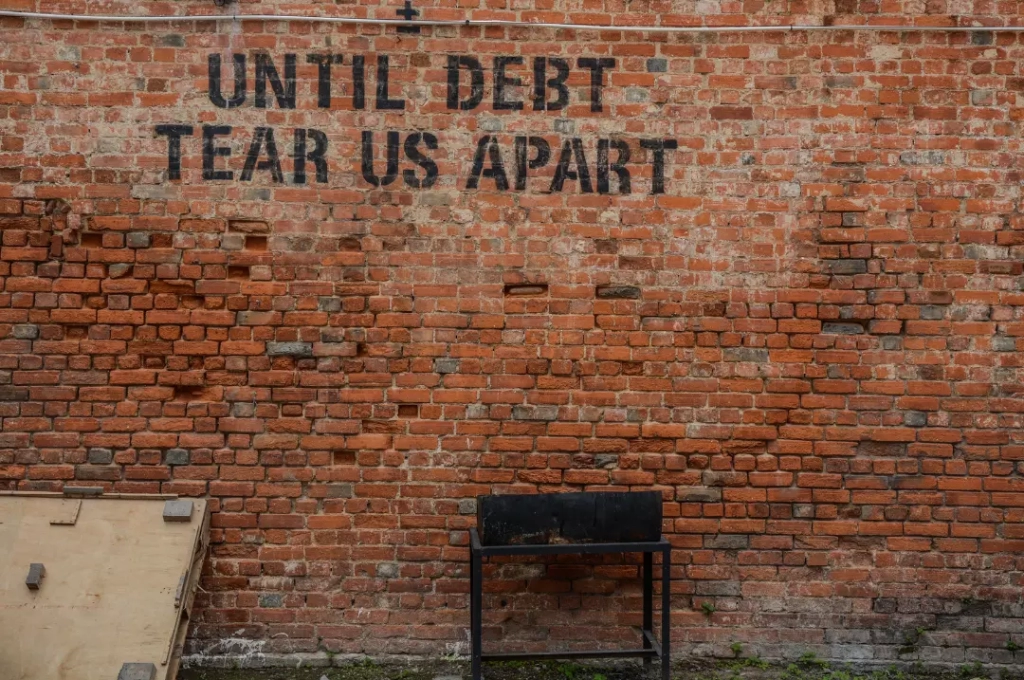
Debt recycling is an effective and strategic way of repaying your debts.
By leveraging the power of leverage, they have a good chance of paying off their debts quickly and efficiently, while earning great returns on their investments.
However, as with any financial decision, individuals need to make sure that they’re making informed decisions and not getting overwhelmed by debt or overextending themselves financially.
It’s also important to remember that debt recycling is not for everyone. People should only use it if it fits into their long-term financial plans, and if they understand the risks and rewards associated with it.




